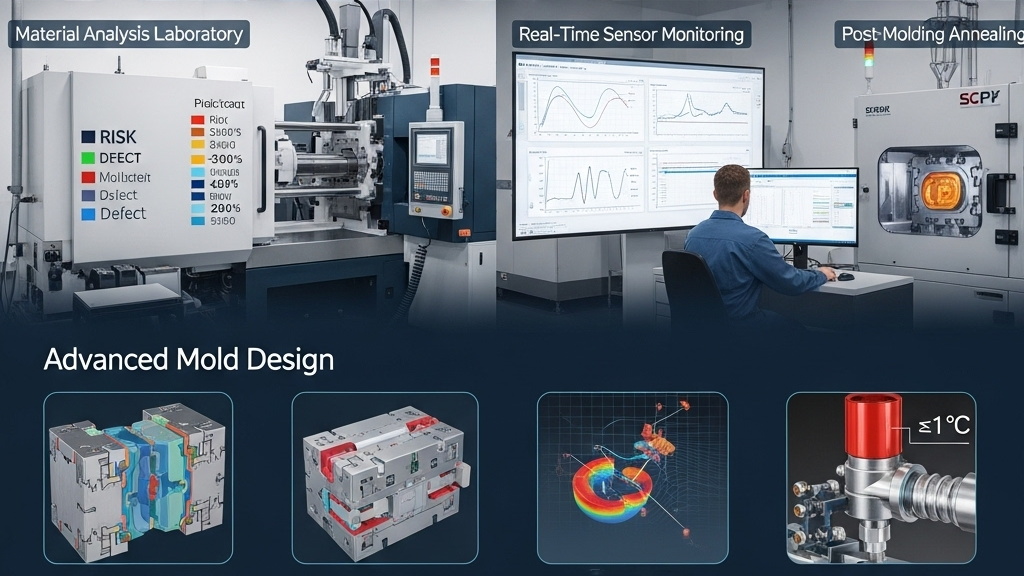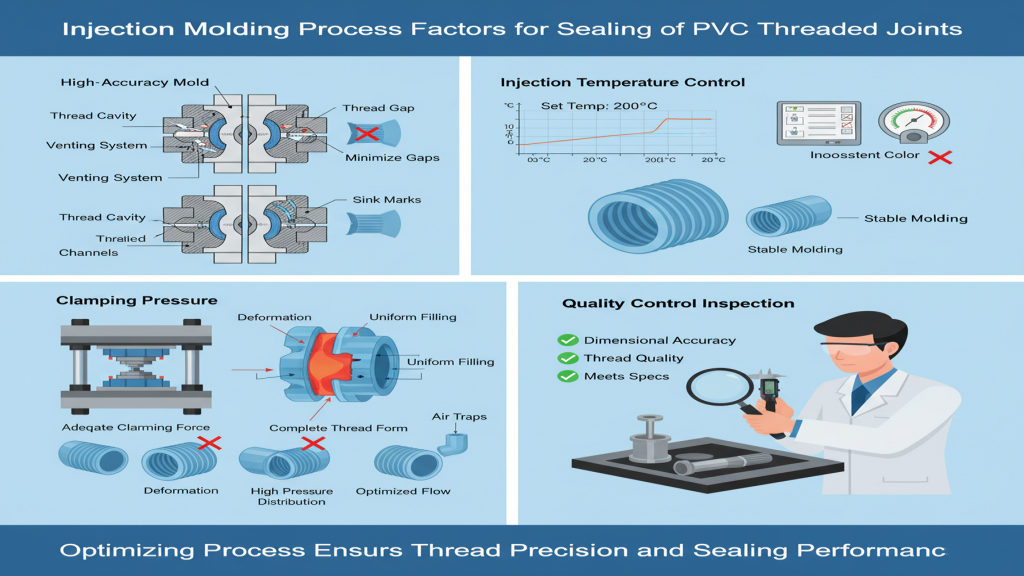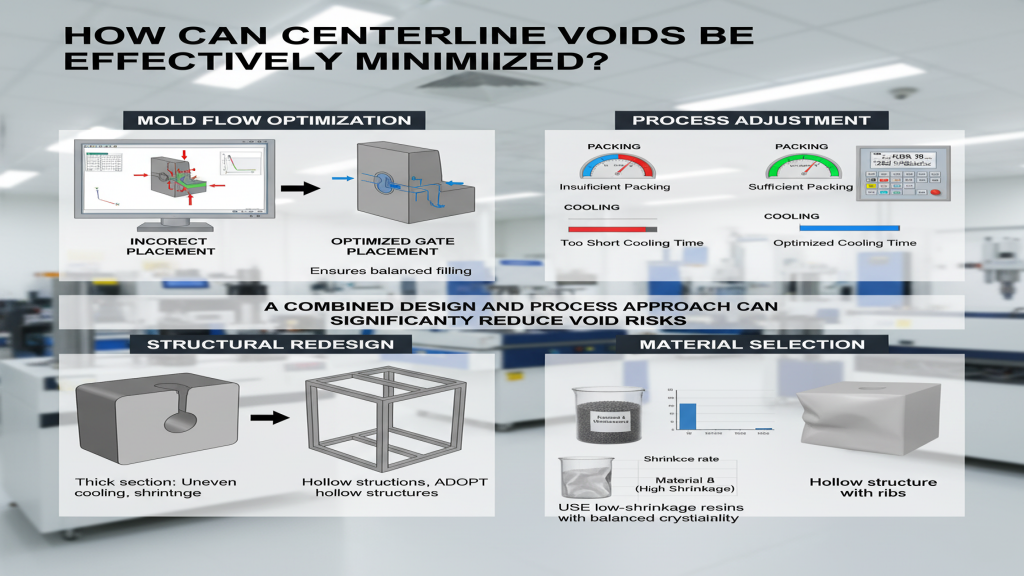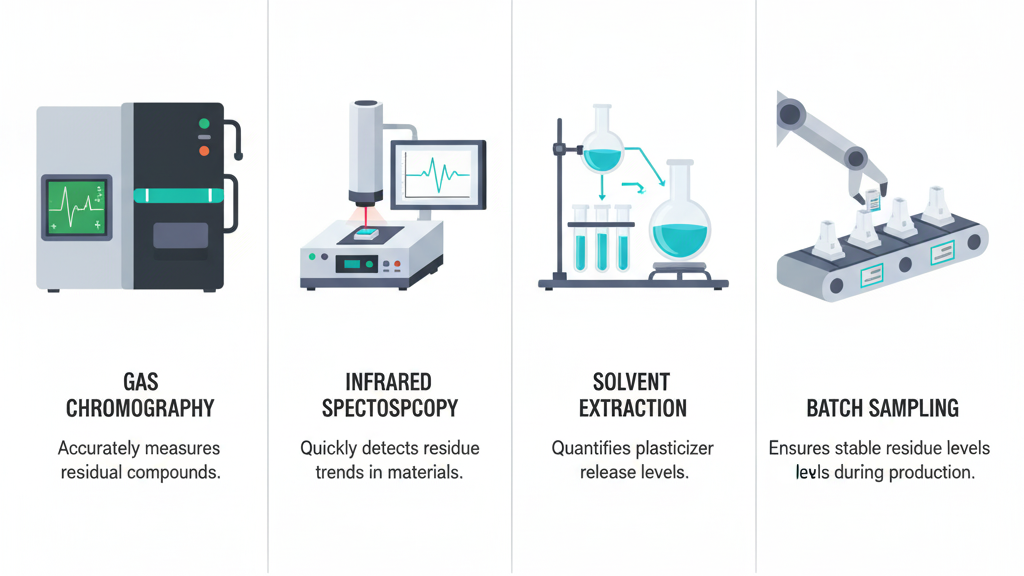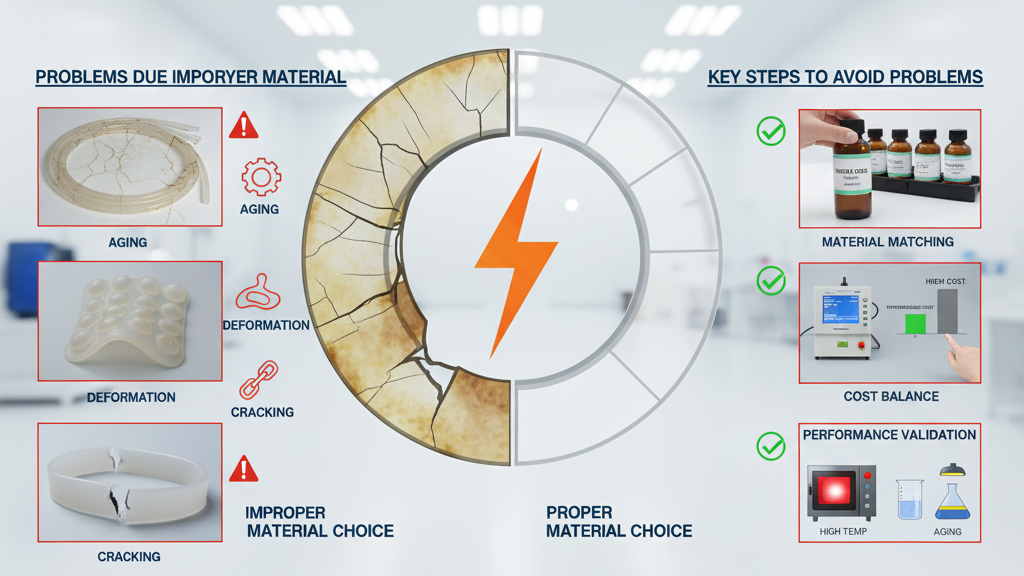
Rapid product launch is key to a company's competitiveness. Traditional injection molding has a long cycle time, hindering product development speed. Rapid injection molding technology has emerged to significantly shorten the development cycle.
Rapid injection molding technology has great potential, but its application requires comprehensive consideration of various factors. Optimizing processes and selecting appropriate materials and equipment are crucial.
What are the Advantages of Rapid Injection Molding?

Traditional injection molding processes have long cycle times and high costs, making it difficult to meet rapidly changing market demands. Rapid injection molding technology breaks through traditional limitations with its efficient and flexible characteristics, bringing customers unprecedented product development speed and market responsiveness.
- Rapid Prototyping: Significantly shortens mold manufacturing and product iteration time.
- Reduced Development Costs: Lowers overall development expenses by reducing mold and material costs.
- Increased Production Flexibility: Adapts to small-batch production and rapid response to market changes.
- Improved Product Quality: Achieves high-precision molding, ensuring product quality and material diversity.
In which aspects can the efficiency of rapid injection molding be optimized?

Although rapid injection molding technology has significantly improved product development speed, there is still room for optimization. Through refined management and technological innovation in key areas, we can further unlock its potential and maximize efficiency.
- Design Optimization: Improve production efficiency and reduce costs by simplifying designs and optimizing molds.
- Material Selection: Select materials suitable for rapid molding and optimize formulations to meet product performance requirements.
- Mold Manufacturing: Employ rapid mold manufacturing techniques and optimize cooling systems to shorten production cycles.
- Injection Molding Process: Optimize injection parameters and adopt advanced equipment to achieve automated production, improve production efficiency, and enhance product quality.
How to Choose Materials and Equipment for Rapid Injection Molding?

The effectiveness of rapid injection molding technology largely depends on the selection of materials and equipment. Suitable materials can ensure product performance, while efficient equipment can improve production efficiency.
- Material Selection: Choose appropriate engineering plastics or elastomer materials based on product performance, cost, and processing requirements.
- Injection Molding Machine: Select an injection molding machine with suitable clamping force, injection volume, and precision based on product size and complexity.
- Mold: Choose aluminum or steel molds based on production volume and product requirements, and optimize the cooling system and runner design.
- Auxiliary Equipment: Select auxiliary equipment such as automatic feeding, robots, and post-processing equipment based on production needs to improve production efficiency.
Suggestions on material selection
| Material Type | Advantages | Disadvantages | Application Scenarios |
|---|---|---|---|
| Nylon (PA) | High Strength, Wear-resistant | High Moisture Absorption | Automotive Parts, Industrial Components |
| Polycarbonate (PC) | High Transparency, High Temperature Resistance | Poor Scratch Resistance | Electronics, Optical Devices |
| Polypropylene (PP) | Low Cost, Easy Processing | Low Strength | Daily Goods, Packaging |
| Thermoplastic Elastomer (TPE) | Good Elasticity, Good Tactile Feel | Poor Wear Resistance | Seals, Handles |
Applications of Rapid Injection Molding in Different Industries
Rapid injection molding has demonstrated strong application potential in various industries. In fields such as aerospace and industrial manufacturing, this technology plays an important role in helping companies shorten product development cycles, reduce production costs, and improve market competitiveness.
1.Automotive Industry: Rapid prototyping and custom parts production, accelerating automotive design and manufacturing.
2.Medical Device Industry: Manufacturing of personalized medical devices and complex components, meeting the special needs of the medical field.
3.Consumer Electronics Industry: Rapid production of product enclosures and internal structural parts, driving innovation in electronic products.
4.Toy Industry: Manufacturing of toy models and parts, satisfying the diversified needs of the toy market.
Conclusion
Rapid injection molding technology significantly shortens product development cycles, reduces costs, and improves production flexibility. Its rapid prototyping capabilities and material diversity promote product innovation and quality improvement, providing businesses with a competitive advantage.
For expert assistance in implementing for your production needs, visit our resource center or contact us. Let’s help you scale up your manufacturing with precision and efficiency!

